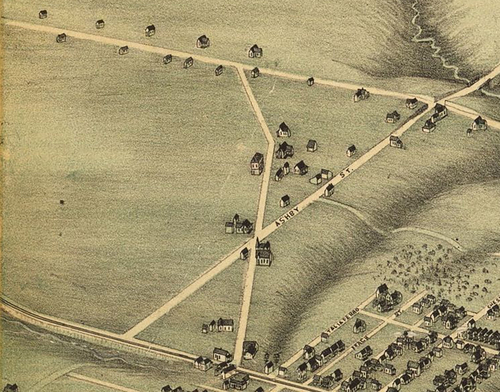Breaking the Color Line
In the 1880s, as people of color increasingly moved into cities across the South legislators responded by passing laws to segregate public spaces. Black citizens were denied any access to public parks while other spaces, from water fountains and restrooms to restaurants and theaters, were segregated by race. In Atlanta, city ordinances even designated particular neighborhoods for Black or white residents.
Prior to 1919, the area west of Ashby Street, known today as Joseph E. Lowery Boulevard, was home to white residents. Owned by the Elliot and Emery families, this predominantly rural area was not annexed by the city until 1910. Over time, the property owners subdivided the land and sold it to development companies, creating individual lots.
Between 1865 and the early 1920s, a series of developments began to move the Black population of Atlanta to the Westside.

